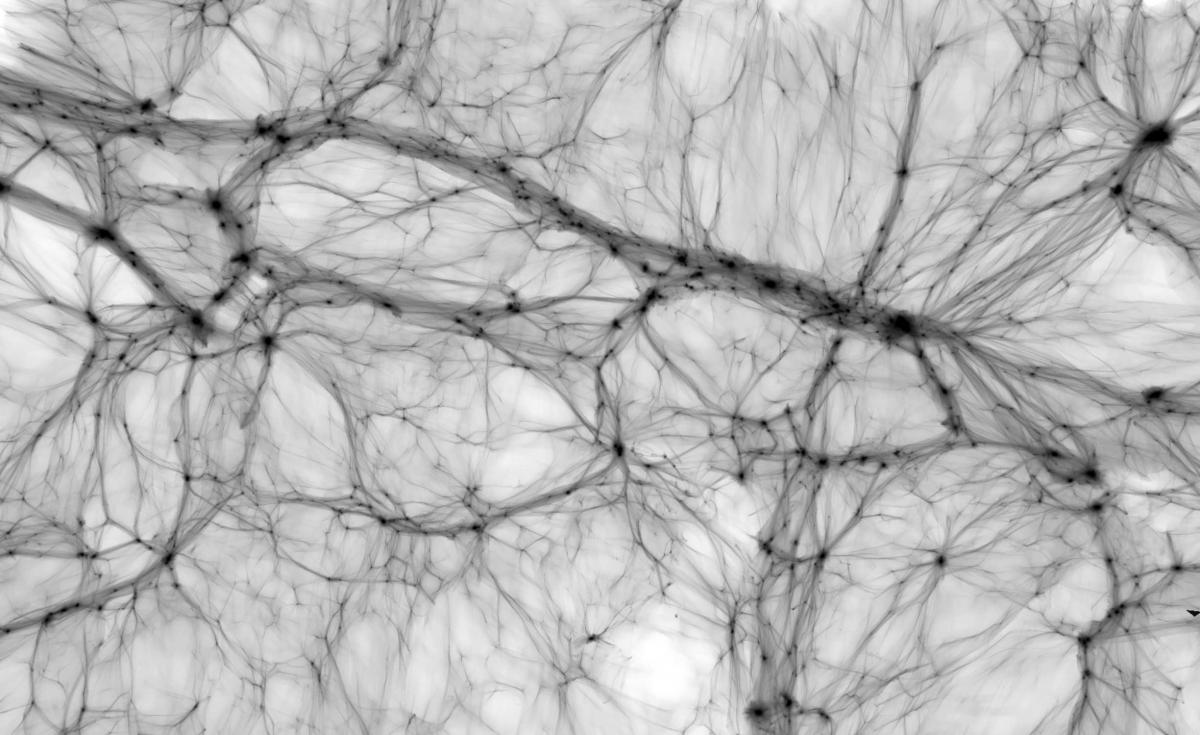NASA’s Chandra X-Ray Spotted A Part Of The Missing Matter In The Universe

There is an old, yet entirely unsolved puzzle that bothers the scientists – one-third of the visible mass of the Universe is missing. However, in a new study, NASA’s Chandra X-Ray Observatory might have spotted a part of that missing matter in the Universe.
For many observations, the astrophysicists managed to calculate how much “regular” matter, including elements such as hydrogen, helium, and so on, was there right after the Big Bang, the “explosion” that gave birth to the vast Universe we live in. So, according to scientists’ estimations, the matter, within the first billion years after Big Bang, concentrated in clouds of dust, stars, planets, gas, and everything else that’s visible in the Universe.
But, when summing up all the mass of the Universe, the astrophysicists were shocked to notice that about one-third of the visible mass in the Universe is missing, nobody knowing where it is. Remember that this missing matter is not the same thing with dark matter.
Recently, new observations made by NASA’s Chandra X-Ray Observatory might have spotted a part of the missing matter in the Universe. Using reading made by Chandra, as well as by other telescopes in the world, a team of scientists identified the so-called “warm-hot intergalactic medium” (WHIM) where astrophysicists believe that the missing matter in the Universe concentrates.
NASA’s Chandra X-Ray Spotted A Part Of The Missing Matter In The Universe
“If we find this missing mass, we can solve one of the biggest conundrums in astrophysics,” said Orsolya Kovacs of the Center for Astrophysics Harvard & Smithsonian (CfA) in Cambridge, Massachusetts. “Where did the universe stash so much of its matter that makes up stuff like stars and planets and us?”
“Astronomers used Chandra to look for and study filaments of warm gas lying along the path to a quasar, a bright source of X-rays powered by a rapidly growing supermassive black hole. This quasar is located about 3.5 billion light-years from Earth. If the WHIM’s hot gas component is associated with these filaments, some of the X-rays from the quasar would be absorbed by that hot gas. Therefore, they looked for a signature of hot gas imprinted in the quasar’s X-ray light detected by Chandra,” NASA reported.
Due to the expansion of the known Universe, which also stretches the light during the process, the absorption of X-ray by the matter in the warm gas filaments would turn out in red wavelengths. How much it would shift to those wavelengths is depending on several factors, such as the distance to the filament. Thus, the scientists knew where to look in the spectrum to see the absorption from the WHIM, according to NASA. “Our technique is similar in principle to how you might conduct an efficient search for animals in the vast plains of Africa,” said Akos Bogdan from CfA. “We know that animals need to drink, so it makes sense to search around watering holes first.”
“We were thrilled that we were able to track down some of this missing matter in the Universe. In the future, we can apply this same method to other quasar data to confirm that this long-standing mystery has at last been cracked,” also said Randall Smith, a co-author of the study.
0 comments